To add a third cultural mixer, consider the word CARRICVM, unknown to Latin literature, but evidently universal in spoken Latin, since echoes of it are found in every modern Romance language (French charge , Spanish cargo , Rumanian cârcă , Catalan carreg , Italian carico… ) as well as English carry . At the start, it evidently meant a wagonload, such as a CARRVS (a word borrowed from Gaulish, to mean four-wheeled cart) could hold. CARRVS has had a major career of its own (e.g., car , chariot , career ), but CARRICVM is another example of a word borrowed into Latin that there found a new and extended life, first as the replacement for the ancient Latin word ONVS ‘burden, load’, later with a rich metaphorical life, ranging over duties, pick-a-back rides (in Romanian at least), accusations, attacks, and (much later) ammunition for firearms, and then explosives generally. Gaulish may have been the language of choice for words for wheeled vehicles, but Latin gave an opportunity for transfusion into Europe’s future world-mind.
Languages create worlds to live in, not just in the minds of their speakers, but in their lives, and their descendants’ lives, where those ideas become real. The world that Latin created is today called Europe. And as Latin formed Europe, it also inspired the Americas. Latin has in fact been the constant in the cultural history of the West, extending over two millennia. In a way, it has been too central to be noticed: like the air Europe breathed, it has pervaded everything.
It was the Empire that gave Latin its overarching status. But, like the Roman arches put up with the support of a wooden scaffold, the language was to prove far more enduring than its creator. As the common language of Europe, spoken and written unchanged by courtiers, clerics, and international merchants, its active use lasted three times as long as Rome’s dominion. Even now, its use echoes on in the law codes of half the world, in the terminologies of biology and medicine, and until forty years ago in the liturgy of the Catholic Church, the most populous form of Christianity on earth. And through these last fifteen hundred years, Europe has remained a single arena, largely independent of outsiders, even as parts of it have sought to dominate the rest of the world.
Yet after the collapse of Rome’s empire, Europe itself was never again to be organized as a single state. The Latin language, never forgotten, was left as a tantalizing symbol of Europe’s lost unity. “Once upon a time the whole world spoke Latin.” This mythical sense remained behind Europe, and its proud civilization. And so, more than Christianity, freedom, or the rule of law, it has in practice been the sense of a once-shared language, a language of great antiquity but straightforward clarity, that has bound Europe together.
CHAPTER 2
Fons et origo —Latin’s Kin
MAIORES NOSTRI…VIRVM BONVM CVM LAVDABANT, ITA LAVDABANT, BONVM AGRICOLAM BONVMQVE COLONVM. AMPLISSIME LAVDARI EXISTIMABATVR, QVI ITA LAVDABATVR.
Our ancestors … when they singled out a good man for praise, used these words: “a good farmer and a good settler.” Someone so praised was thought to have received the highest esteem.
Cato, On the Country Life 1
LATIN OWES ITS NAME to its home region of Latium in west-central Italy, the southern half of modern Lazio. With hindsight, it certainly looks a good starting point for a future Italian, and then Mediterranean, power. Its position is central in Italy, and it controls the ford on the river Tiber (modern Tevere), which is the main divider of Italy’s western coastal plains. Italy, in turn, is central within the northern sector of the Mediterranean, equidistant from Spain in the west and Asia Minor (modern Turkey) in the east.
The first question that naturally arises is why the language is not known as “Roman,” for the power that spread the language far and wide was not Latium, but the city-state of Rome, and the result was the Roman, not the Latin, Empire. But the Romans’ influence was usually decisive, even with outsiders, in setting the names of their institutions; and the Romans always referred to their language as lingua Latīna , or sermō Latīnus . It shows that the language is older, and its area, originally at least, wider than the Roman state.

Languages of ancient Italy. Until the third century BC, Latin was just one among many Italic languages.
Looking as far back as we can to the origins of Latin, we do not have the convenience (as we do for English) of being able to give it a place and a period. But it is discernibly an Indo-European language, a member of a highly diverse family of related languages whose borders were set, before recorded history, between Bengal and Donegal (and indeed between Iberia and the edge of Siberia). Its speakers will have reached Latium along with the forerunners of most of the other language communities that largely surrounded Latin when we read their first traces in the written record. They are called Italic languages and included Faliscan, Umbrian, and Venetic to the north, Oscan to the south. *Sadly, there is no agreement on when these languages would have come to Italy (sometime between the sixth and the second millennia BC, but all as a group, or in separate events?), on what allowed their speakers to spread (prowess at farming? Copper, Bronze, or Iron Age weaponry?), or even on what their route would have been (over the sea from the Balkans? down the Adriatic or the Tyrrhenian coasts?). We can only say where in the Italian peninsula the Italic languages ended up, and what sort of languages they were.
As to where in Italy they settled, it is clear that there were two major groups or subfamilies: Latin-Faliscan-Venetic settled the north, whereas Oscan and the rest, usually known as the Sabellian languages, occupied most of the south of Italy. The main exception to this pattern is Umbrian, a dialect which is more similar to Oscan than northern Italic; so its position in north-central Italy suggests that the Umbrians migrated later from the south up into the Apennines. It is also significant that the very similar Latin and Faliscan—a dialect best known for its drinker’s motto FOIED VINO PIPAFO CRA CAREFO “Today I shall drink wine; tomorrow I shall go without.” 2—were separated from their cousin Venetic by a large, and totally unrelated, Etruscan-speaking population. The geography suggests that the Etruscans moved in from the west, splitting the two wings of northern Italic apart.
The Italic languages were not mutually intelligible, at least not across their full range. An idea of how different they could be may be gained from looking at some very short texts in the two best known and farthest flung (Venetic and Oscan) with a word-for-word translation into Latin. (For comprehensibility, none of the languages is shown in its actual alphabet.)
First a Venetic inscription on a bronze nail, found at Este:
mego zontasto sainatei reitiai egeotora aimoi ke louzerobos[Venetic]
me dōnāvit sanātricī reitiae egetora aemō līberīsque [Latin]
i.e., word for word in English:
“me gave to-healer to-Reitia Egetora for Aemus and children”
or more clearly:
“Egetora gave me to Reitia the healer for Aemus and his children.”
And then a clause of a Roman magistrate’s arbitration (183 BC) between Nola and Avellino, written on a boundary stone:
avt púst feihúís pús fisnam amfret, eíseí tereí nep abellanús nep nuvlanús pídum tríbarakattins[Oscan] *
Читать дальше
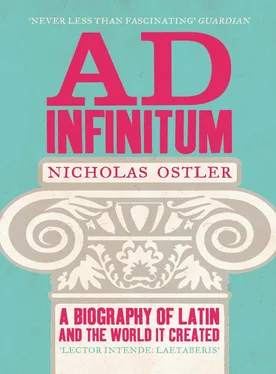


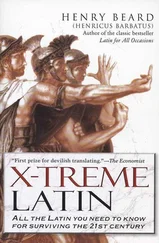

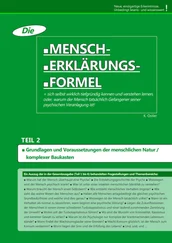
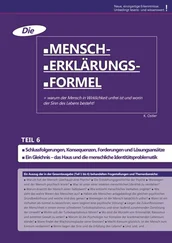
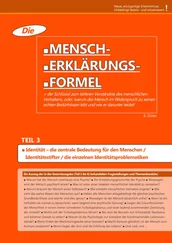
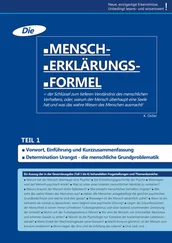
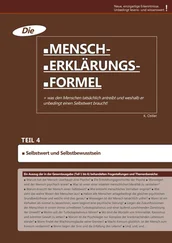

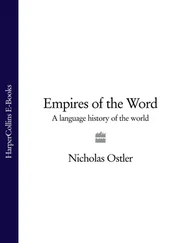
![Nicholas Timmins - The Five Giants [New Edition] - A Biography of the Welfare State](/books/701739/nicholas-timmins-the-five-giants-new-edition-a-thumb.webp)
